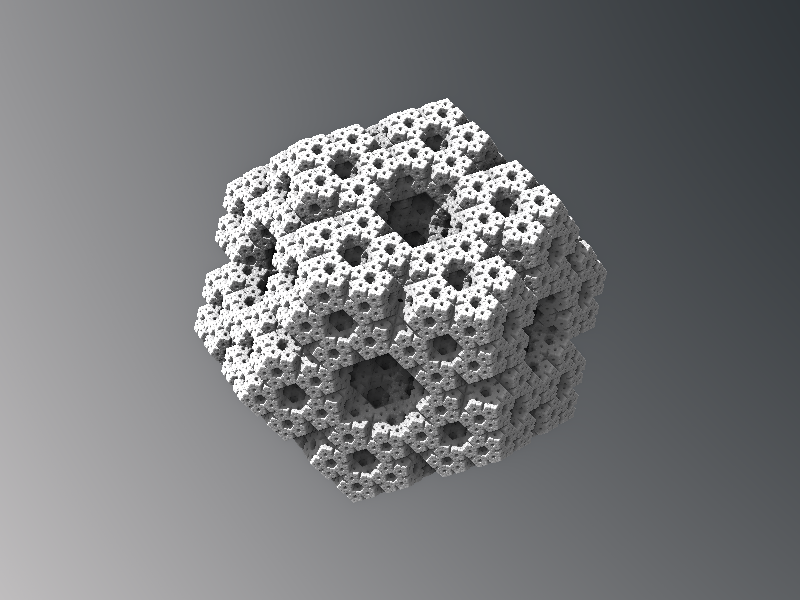
Fractals: Nature's Hidden Patterns and Their Remarkable Real-Life Applications
Introduction
Nature is a masterful artist, painting its canvas with intricate patterns that repeat at different scales. Fractals, self-replicating and self-similar geometric shapes, provide a mathematical framework for understanding these mesmerizing patterns. Beyond their aesthetic beauty, fractals have found profound applications in various fields, revolutionizing how we perceive and interact with the world around us.
Unveiling the Fractal Geometry
Fractals are structures where smaller components resemble the whole, regardless of the level of magnification. This self-similarity imbues fractals with an enchanting complexity that defies conventional geometry. One of the most famous fractals, the Mandelbrot set, is a prime example of this self-similarity, exhibiting intricate patterns that reveal themselves as you zoom in further.
Real-Life Applications of Fractals
1. Digital Imaging and Compression: Fractal image compression techniques break down complex images into smaller fractal patterns. By encoding only the differences between these patterns and the original image, these techniques enable efficient storage and transmission of digital images. This application finds use in satellite image transmission, digital cameras, and even medical imaging.
2. Computer Graphics and Animation: Fractals play a pivotal role in generating realistic terrain, foliage, and clouds in computer graphics and animation. Their self-similarity allows for the creation of intricate details, resulting in visually stunning and immersive virtual environments.
3. Antenna Design: Fractal antennas possess unique properties due to their intricate geometry. They can operate across multiple frequencies and have a compact size, making them suitable for various wireless communication devices, such as smartphones and Wi-Fi routers.
4. Geology and Earth Sciences: Fractal patterns often emerge in geological formations, such as coastlines, river networks, and mountain ranges. Analyzing these patterns provides insights into the underlying geological processes and helps scientists understand the evolution of landscapes.
5. Finance and Economics: Fractal patterns have been observed in financial markets, indicating a degree of self-similarity in market behavior across different time scales. Fractal analysis helps in modeling market volatility and understanding trends, aiding risk assessment and investment strategies.
6. Medicine and Biomedical Imaging: Fractal analysis is applied to study complex biological structures, such as blood vessels and lung airways. The fractal dimensions of these structures provide valuable information about their efficiency and health.
7. Urban Planning and Architecture: Fractal geometry has inspired innovative architectural designs that blend aesthetics and functionality. Buildings with fractal-like patterns are not only visually appealing but can also optimize energy efficiency and structural stability.
8. Environmental Monitoring: Fractal analysis is used to quantify the complexity and variability of natural phenomena, including ecological systems, weather patterns, and water flow in rivers. This aids in ecological conservation and disaster prediction.
Conclusion
Fractals are a bridge between mathematics and the real world, revealing hidden patterns that shape our surroundings. Their applications span a wide range of disciplines, from art and design to science and engineering. By harnessing the power of fractal geometry, we are uncovering innovative solutions that enhance our understanding of natural processes and enable us to create more efficient, sustainable, and captivating technologies. As we continue to explore the depths of fractals, we unlock new dimensions of possibility that blur the lines between the abstract and the tangible.